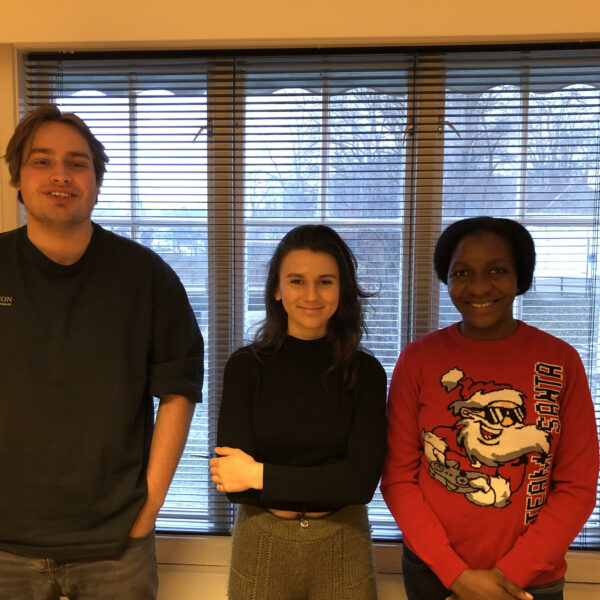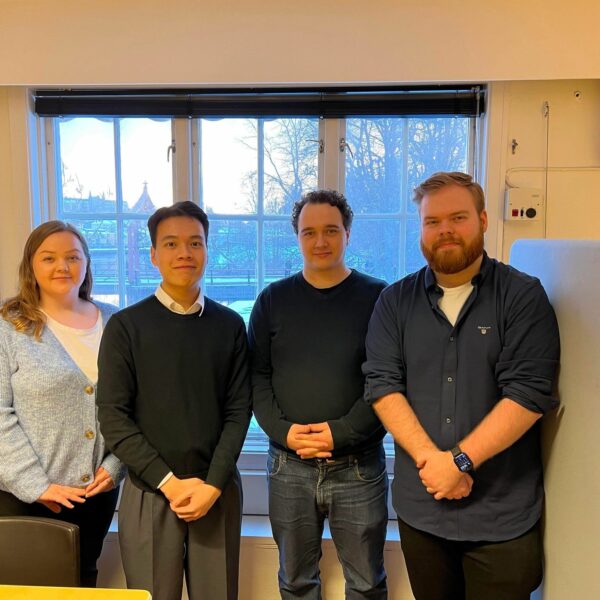

Where is the 2.5 sector headed?
Mapping the pains of people in situations of economic vulnerability and crossing with information on emerging technologies becomes key to understand how to overcome social bottlenecks.
Peter Drucker, considered to be the father of modern administration sums up the entrepreneurial spirit by saying that “the best way to predict the future is to create it.” It somewhat also directs us to the urgency of turning challenges into opportunities. When it comes to entrepreneurship with social impact, the identification of trends, pointing out to possible directions, also results from exercising different perspectives and training the view to see a person and therefore citizen in all possible dimensions, making use of a deep sense of empathy.
Mapping the pains of people in situations of economic vulnerability and crossing with information on emerging technologies and with different business models becomes an essential constant to understand how to overcome a social bottleneck that is not having complete answers of the public power (1st sector), NGOs (3rd sector) and the private sector (2nd sector).
A few tendencies can be highlighted and related to structuring sectors, such as Education, Housing, Health, Food, Energy – and others that horizontally permeate different areas, showing fluid and disruptive themes as the architecture of choices and chains for example.
A first and perhaps central trend is the use of the Internet of Things (IoT) and artificial intelligence. At first glance, it may seem that such technologies will only affect the lives of the highest income population and large companies. But with the prospect of social impact potential, these technologies can be applied to mitigate the risks faced, especially by population in the most vulnerable groups.
Examples are solutions that can detect environmental risks and crimes or identify measurable characteristics – i.e. earth vibration and micro-cracks – connected in a network that automatically sends geo-referencing messages to the local population. By analyzing the potential impact of artificial intelligence, it is possible to map technological solutions that support the personalized learning of young people and children and those that support public health.

Cool but confused: Social entrepreneurs find it harder to explain their work
The second trend throws light on nutrition with initiatives that promote access to balanced and healthy food and, perhaps most importantly, combats food waste. There is growing importance of places where exists supply of nutritious foods such as fruits and vegetables and expanding access to where it is currently low or inaccessible, which impacts on the health and obesity index of the population and almost consequently fight waste with solutions that support income generation through food.
Housing, the focus of the third trend, appears as the center of the main global agendas as having a place to live is essential for the eradication of poverty. By its cross-cutting nature – it influences the quality of life, health, safety, education and conditions for human development – it has become a relevant theme for achieving the United Nations (UN) Sustainable Development Goals (SDGs). Social impact businesses have emerged to innovate in the industry by adopting alternative materials for construction, to create solutions to qualify and diversify the workforce, to develop architectural projects in peripheral areas and to reinforce low-cost proposals with differentiated forms of payment.
The theme of accessible and renewable energy, especially solar, is at the heart of the fourth trend. In this section, the analysis rests on models that can overcome the barriers of scale and access to the lower income population; products and services that reduce energy loss and access costs through distributed energy generation will also be welcomed.

Healthcare solutions are the fifth trend. The need for services to prevent diseases and promote health, since several diseases can be prevented or controlled with early diagnosis, healthy habits and constant monitoring – such as diabetes, cardiovascular problems, obesity. Especially in the so-called developing countries, there is a strong movement among large hospitals: they are looking at the issue of primary care, which directly impacts the costs of complex hospitalizations. This way of acting begins to change the logic of health, which is still very fragmented in many parts of the world.
These trends reveal that the social impact business industry has shaped the realities presented by some of the most pressing social demands. It is known that becoming an entrepreneur is to face the daily challenges of all kinds. And venturing in social business, aiming at social impact requires much more resilience, empathy, and capturing the spirit of our time.



